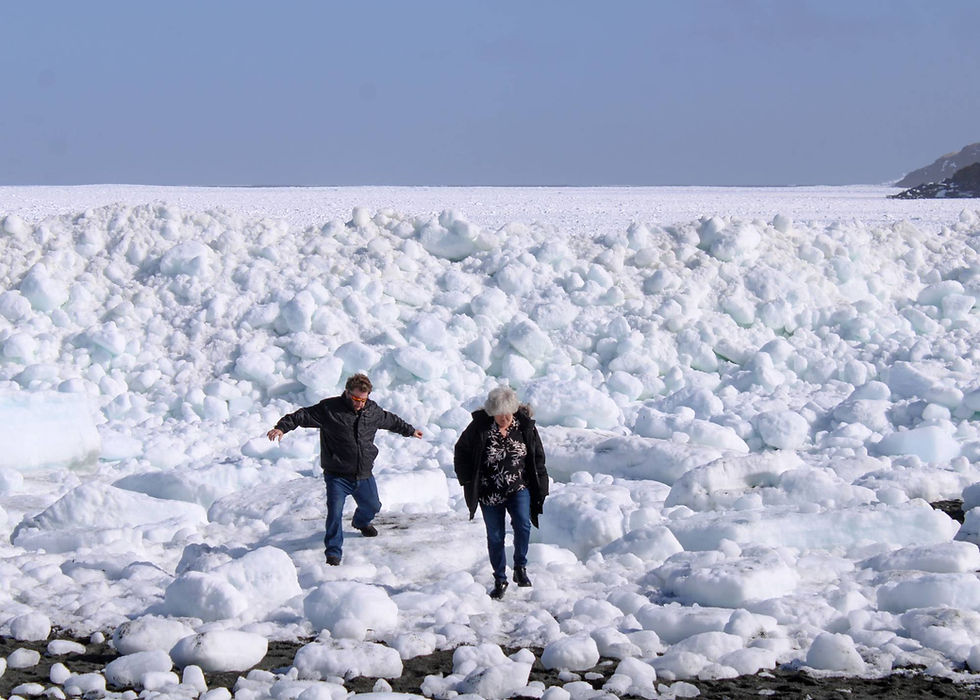- Sandra Murray

- Nov 14, 2021
- 2 min read
Updated: Feb 19, 2023
Cape Spear Lighthouse Keeper's Residence
The Cape Spear lighthouse was built in 1835 as a dual structure consisting of both a lighthouse and a family residence for the lighthouse keeper and his family. The home, constructed in three columns, was built around a central tower containing the lighthouse (accessible from the second storey of the home). Fake windows were constructed on the house's exterior to complement the true windows and ensure that the home had a balanced appearance. This national historic site truly is a hidden gem and, for a nominal fee, visitors to Cape Spear can tour inside the original lighthouse which has been restored to the year 1839.

Cape Spear Lighthouse Operations
The lighthouse keeper and his family, living onsite, had to perform regular duties to ensure that the light beam functioned 24/7. The earliest beams of light for the lighthouse were produced using an oil-fired light source, large reflectors, and a crank-style clockwork mechanism. Perhaps the earliest oil product used to fuel the Argand burner was sperm oil (later replaced by cheaper oil sources such as seal oil and olive oil before converting to acetylene, electricity, and solar power). The clockwork operational system, using weighted barrels and ropes on pulleys, required a manual reset every couple of hours.


The longest serving lighthouse keeper was James Cantwell (1846-1879) and, together with his descendants, the Cantwell family served as Cape Spear lighthouse keepers for a period of about 150 years (with exception of two short terms in which someone other than a Cantwell descendant served as the lighthouse keeper). Following are photos taken inside the old lighthouse.





In addition to his lighthouse responsibilities, the lighthouse keeper was required to perform flagman duties to communicate, by flag message, pertinent information such as the arrival of merchant ships carrying supplies to the island. Flag messaging worked in the following manner:
Each merchant was identified through a unique flag and, when the ship was seen by the flagman at Cape Spear, he would hoist the corresponding flag on his flagpole.
The flag was seen by the flagman atop Cabot Tower, Signal Hill, across the coast.
The Signal Hill flagman would then raise the same company flag on his flagpole.
Community vendors would see the raised flag and would then travel to the port to trade with the merchants to obtain wares for their stores.


The lighthouse officially closed in 1955 at which time the light from the original lighthouse was moved to the new light tower. The last serving lighthouse keeper left his post in 1997 and the current light tower is not manned.

Please continue to follow my blog as I showcase more amazing tourist attractions in eastern Newfoundland.



Comments